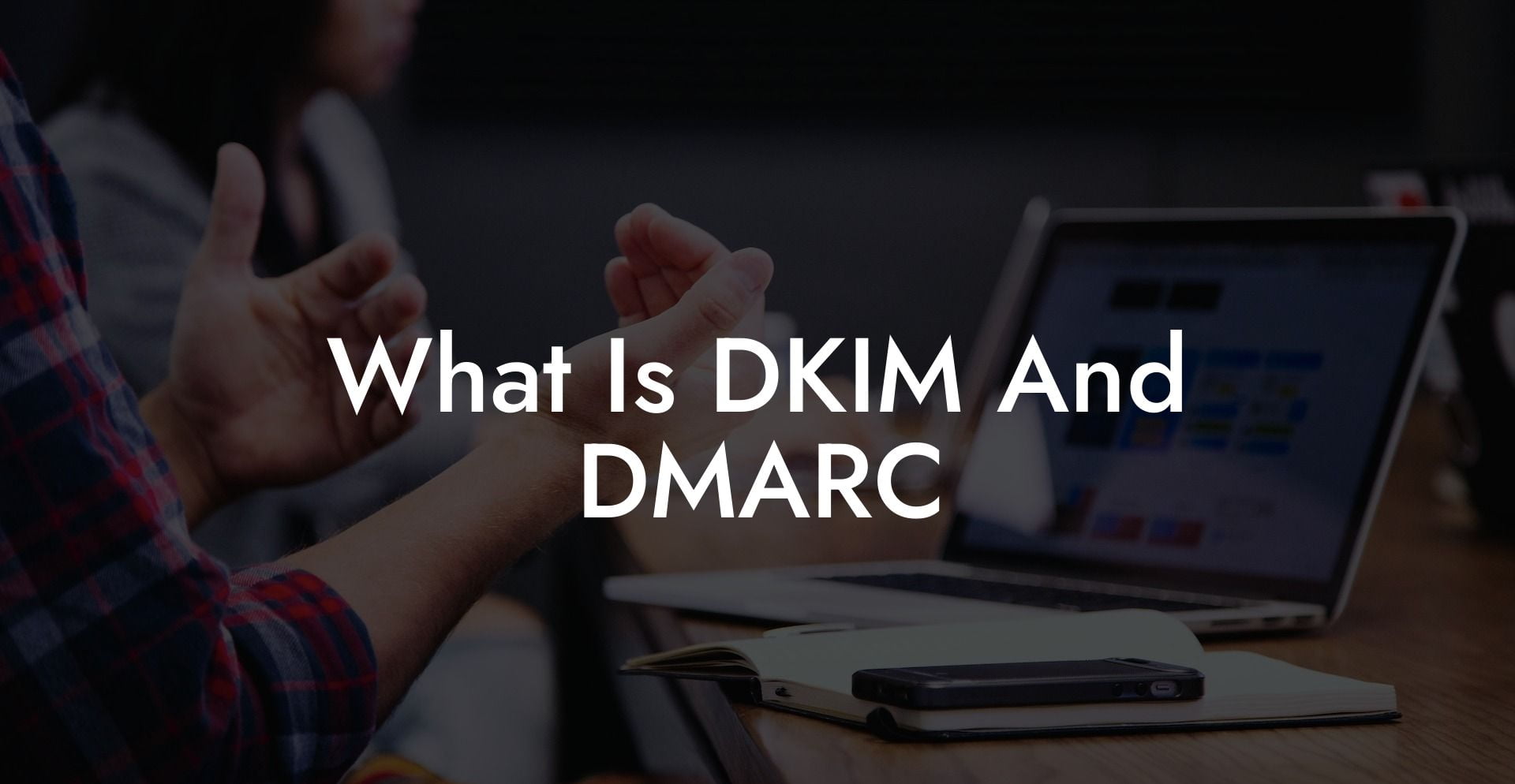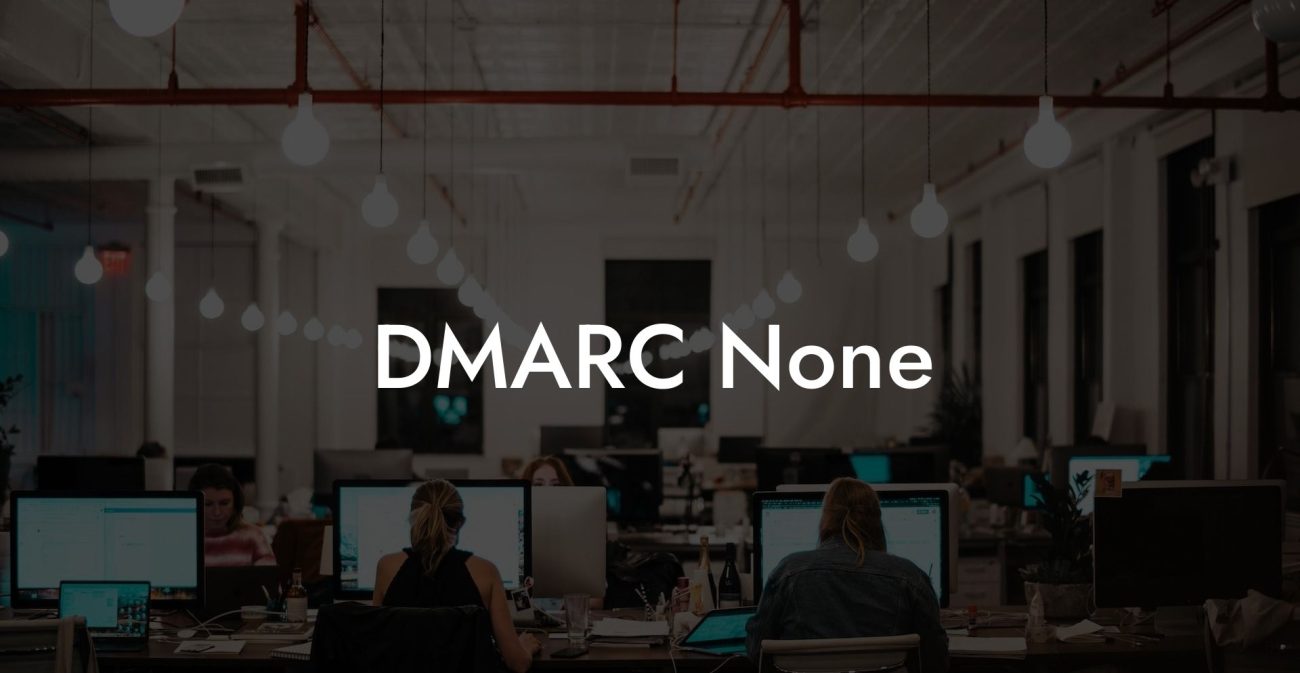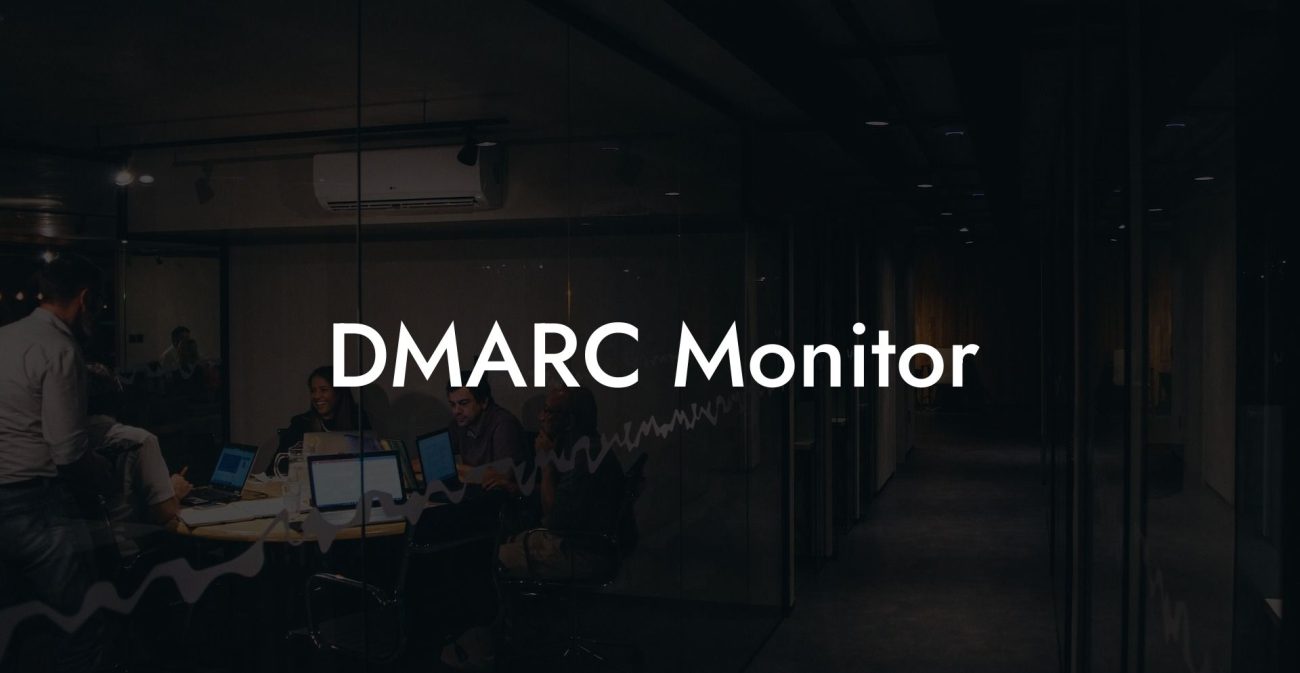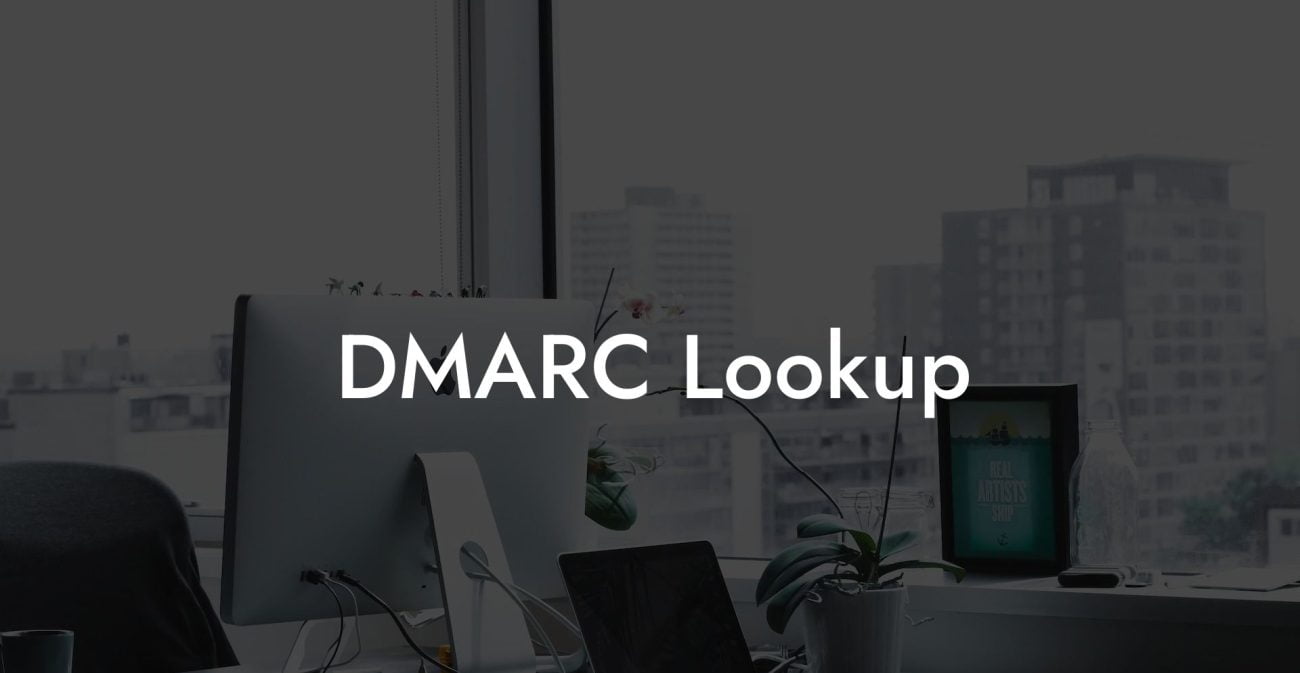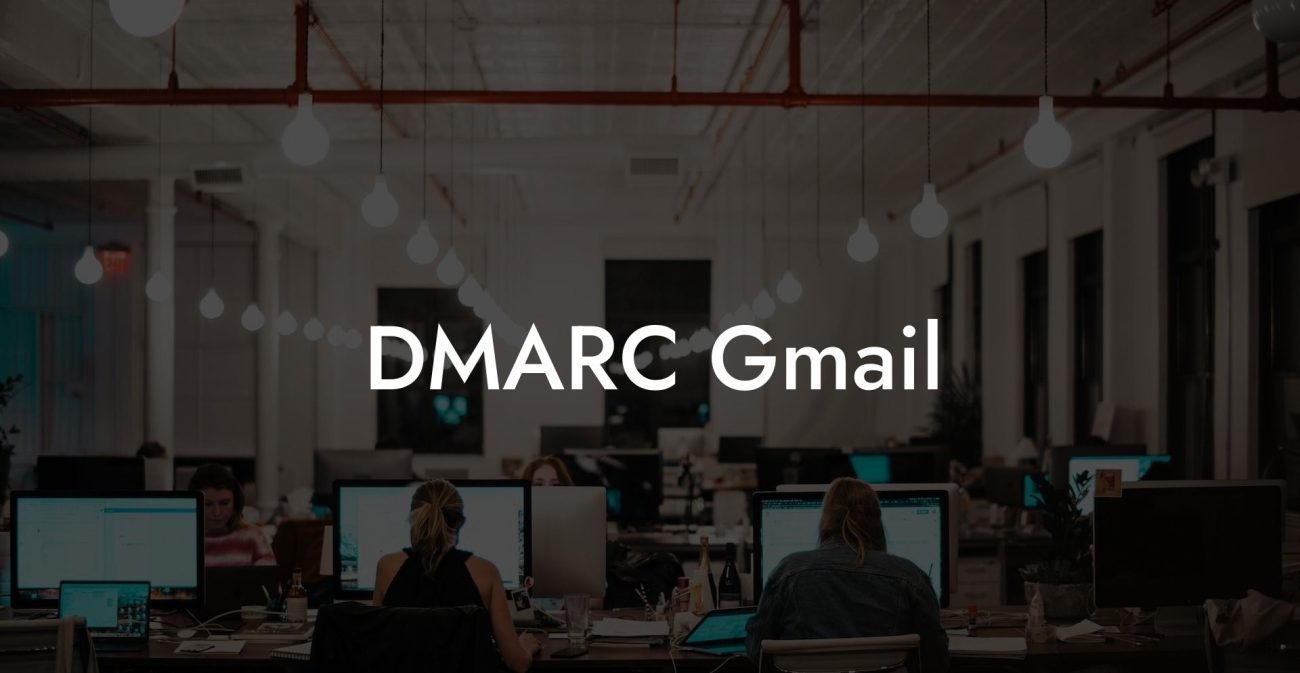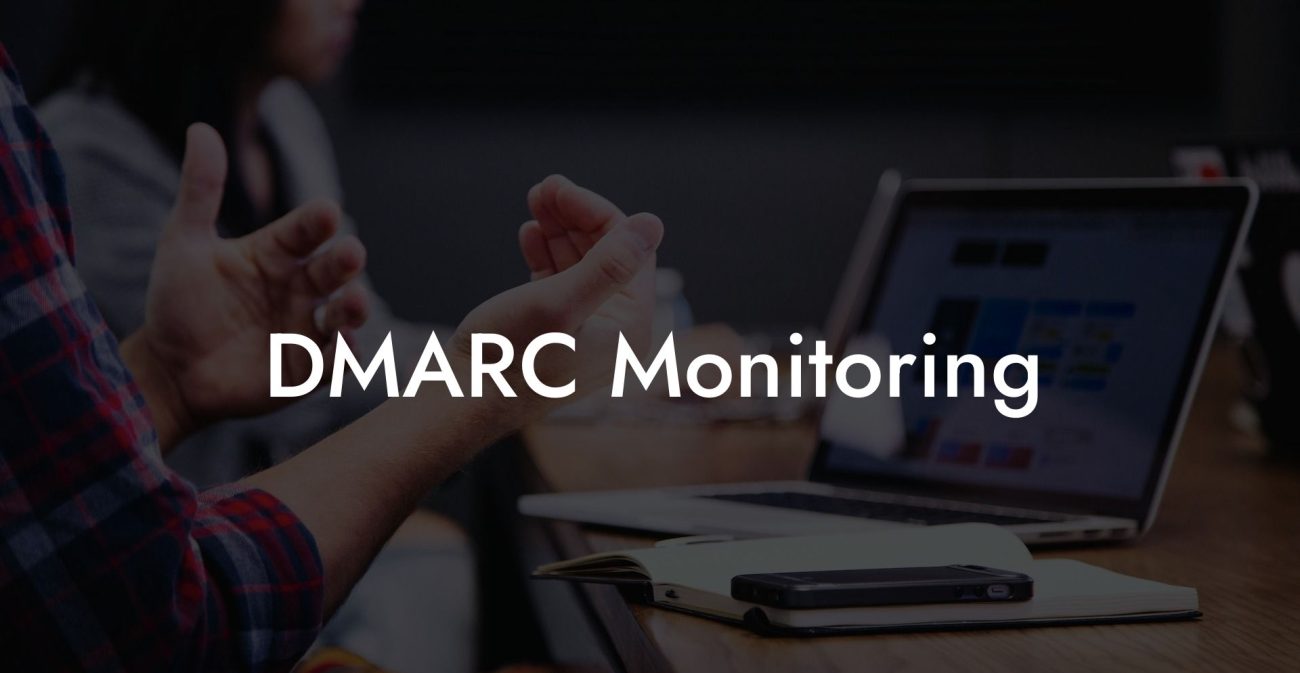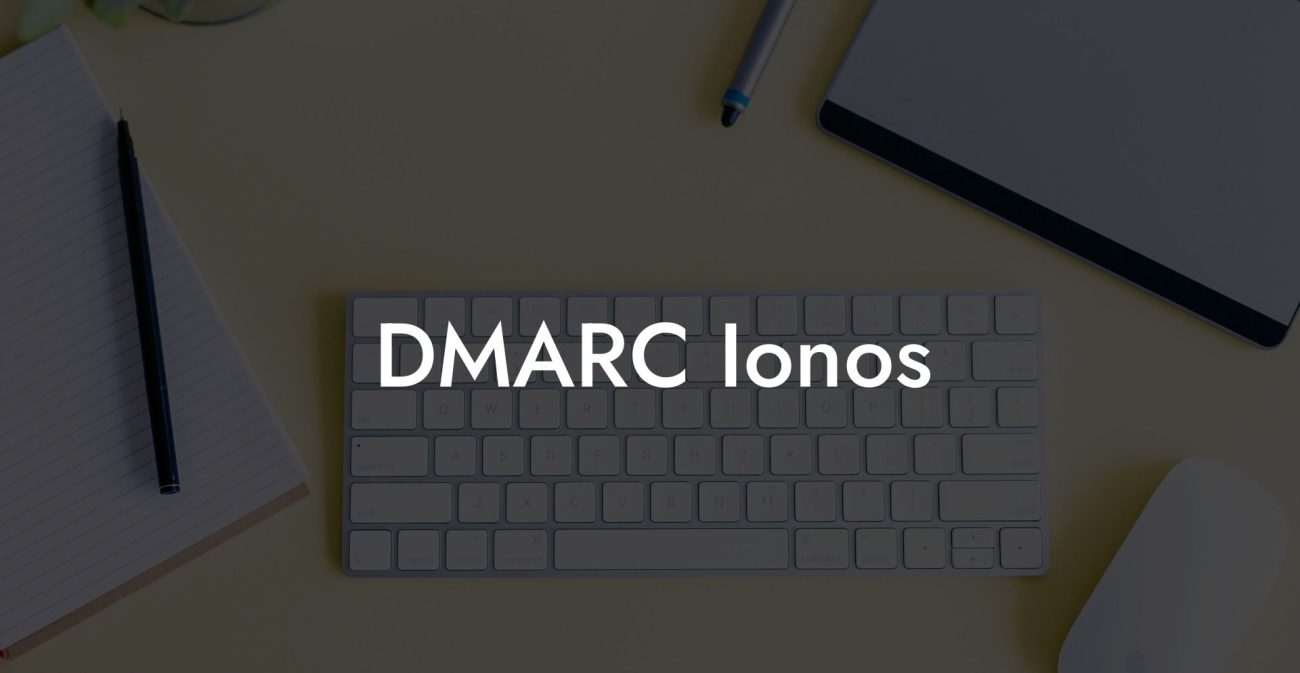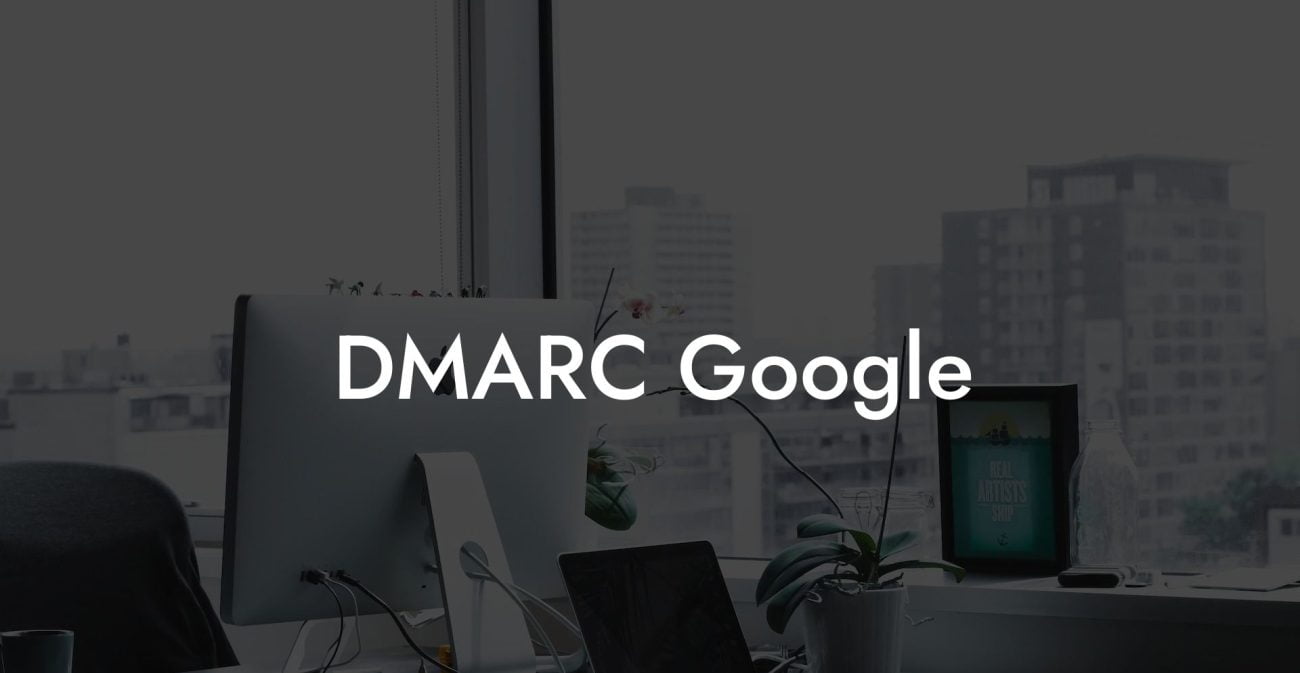In today's digital world, email communication has become essential for both personal and professional purposes. However, as a result, it has become a prime target for cybercriminals, who employ various tactics to compromise and exploit email systems. To combat this, cybersecurity experts have developed robust email authentication and security mechanisms such as DKIM and DMARC. In this article, we will take an in-depth look at what DKIM and DMARC are, how they work, and how they can help protect your online communications.
What Is DKIM And DMARC Table of Contents
Understanding DKIM and DMARC
DomainKeys Identified Mail (DKIM) and Domain-based Message Authentication, Reporting, and Conformance (DMARC) are two essential methods designed to ensure email security and integrity, reducing the risk of email spoofing, phishing, and spam.
What is DKIM?
- DKIM is an email security standard that uses cryptographic signatures to authenticate the sender's domain and verify the integrity of the email content.
- It employs public-key cryptography to sign outgoing emails using a private key that is associated with a specific domain. The recipient's email system verifies the signature using the corresponding public key, published in the DNS (Domain Name System) record of the sender's domain.
- DKIM provides authentication and helps protect users against phishing and other cyberattacks that rely on email spoofing.
- Furthermore, it can improve email deliverability by preventing emails from being flagged as spam or being rejected by ISPs (Internet Service Providers).
What is DMARC?
- DMARC is a more comprehensive email security protocol that builds upon the existing SPF (Sender Policy Framework) and DKIM standards.
- It allows a domain owner to create a policy that specifies how the email system should handle messages that fail SPF and/or DKIM authentication checks.
- DMARC provides a reporting mechanism that enables domain owners to receive feedback from email recipients' systems, helping them identify potential security threats and improve their email security posture.
- By enforcing strict DMARC policies, domain owners can reduce the risk of their domain being used for phishing and other fraudulent purposes.
How Do DKIM and DMARC Work Together?
Protect Your Data Today With a Secure Password Manager. Our Top Password Managers:
When both DKIM and DMARC are in place, they serve as a powerful combination, providing robust email authentication and protection against spoofing and other malicious activities. Here's an overview of how they work together:
- When an email is sent, the sender's email system generates a DKIM signature and adds it to the message header. The email is also checked against the SPF policy.
- The recipient's email system verifies the DKIM signature using the sender's public key and checks the SPF records to ensure the email's authenticity and integrity.
- If the email fails either the DKIM or SPF checks, the recipient's email system consults the sender's DMARC policy to determine the appropriate action, such as quarantining or rejecting the email.
- Finally, the recipient's email system can send a DMARC report to the sender, providing valuable information about email authentication results and potential security threats.
What Is DKIM And DMARC Example:
Imagine that Alice's email domain (alice.com) has implemented both DKIM and DMARC. When Alice sends an email to Bob, her email server signs the message with a private key and adds the DKIM signature to the email header. Bob's email server verifies the DKIM signature using Alice's public key, which is published in her domain's DNS record. If the verification is successful, the email passes the DKIM check.
Bob's email server also checks the SPF record of Alice's domain to confirm that the email's originating server is authorized to send emails on behalf of alice.com. If both DKIM and SPF checks pass, Bob's email server considers the email to be authentic and delivers it to Bob's inbox.
However, if the email fails either the DKIM or SPF check, Bob's email server consults Alice's DMARC policy to determine the appropriate action. For example, Alice may have instructed email recipients to reject any emails that fail these authentication checks, minimizing the risk of her domain being used for phishing schemes.
In conclusion, understanding the concepts of DKIM and DMARC, along with implementing and enforcing their respective policies, is crucial for protecting your domain and email communications. By adopting these email security protocols, you can not only reduce the risks of phishing and email spoofing but also improve overall email deliverability. Don't hesitate to explore additional resources and guides on Voice Phishing to enhance your knowledge of cybersecurity further. If you found this article helpful, please share it with others and continue learning about email security and other vital components of online safety.
Protect Your Data Today With a Secure Password Manager. Our Top Password Managers:

